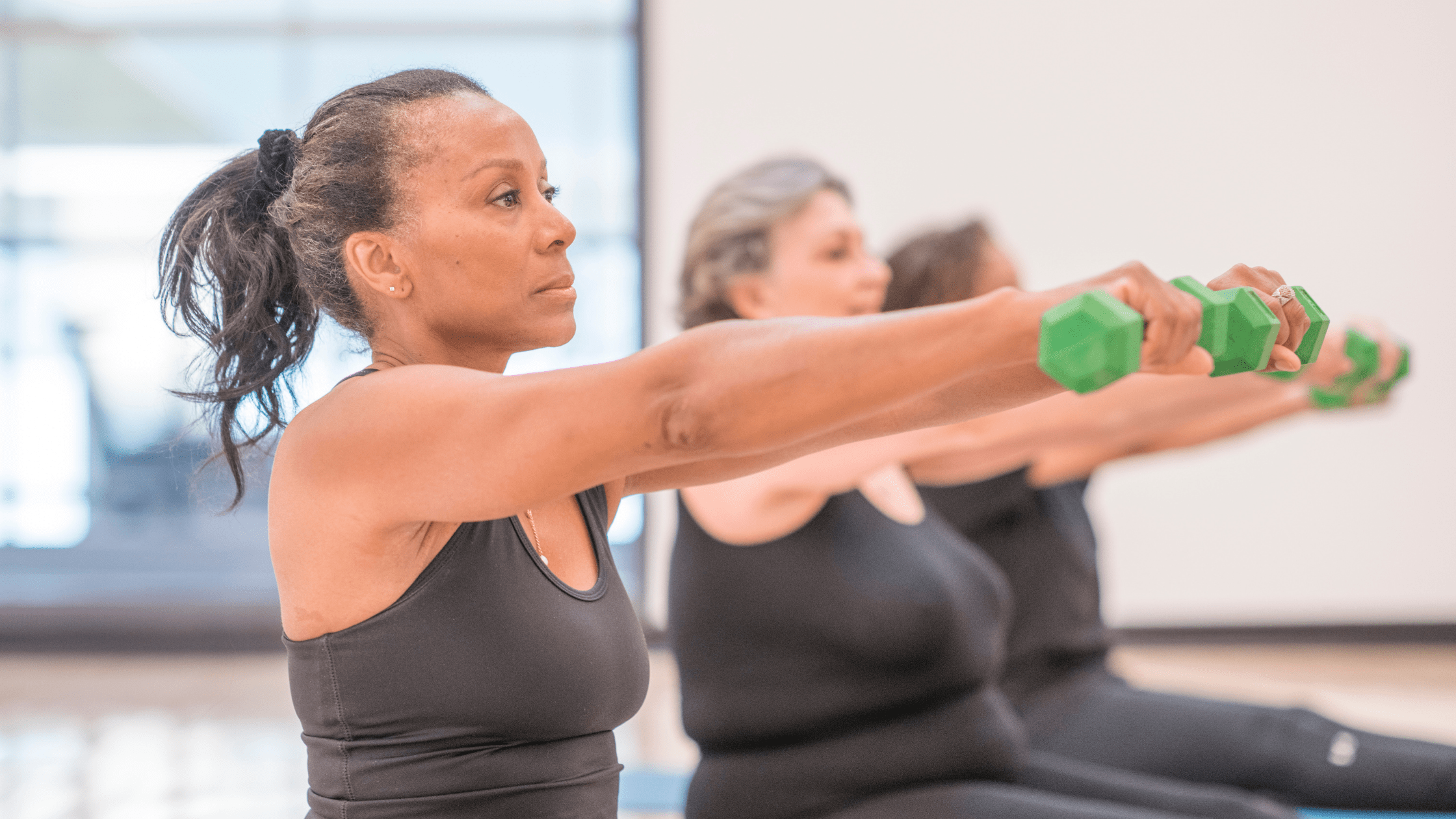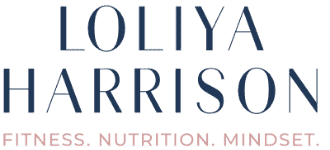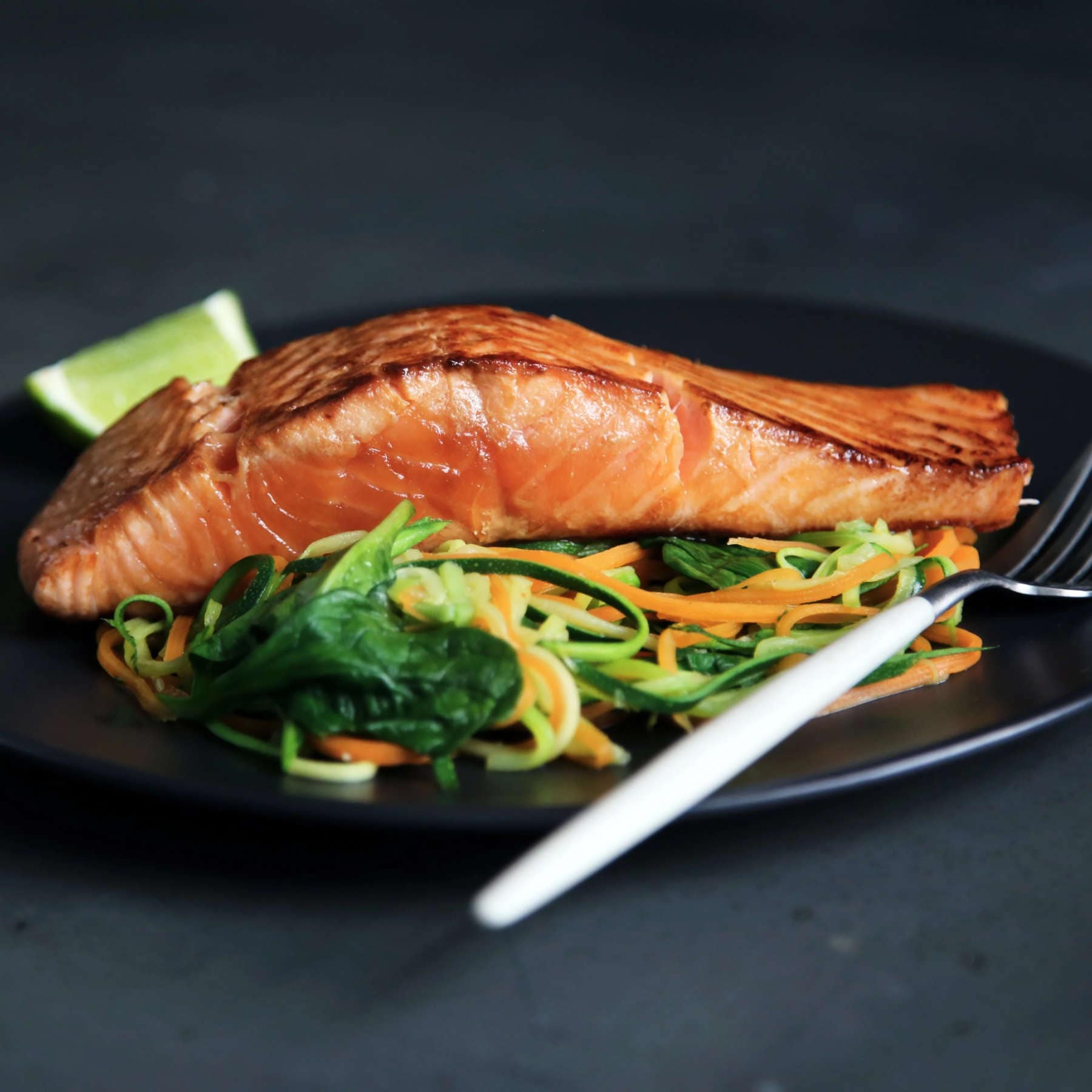The trend is for women to stay in busy jobs and to become mothers later in life. So we often find ourselves juggling work, parenting and maybe caring for ageing parents at the very time we are having to adjust to the changes of our own menopause.
This can be really tough and leave us feeling seriously depleted. My ‘Five Pillars of Wellness’ will help you prepare for this transition to menopause and life after menopause. In this month’s blogpost I’m discussing the key ‘pillar’ of appropriate exercise. I hope I can inspire you to feel more confident about how to include exercise in your daily life. This matters.

Exercise is one of the key ways we can prepare for transition to the menopause.
The well-balanced oestrogen many of us experience in our 20s and 30s plays a protective role as well as a reproductive one. It keeps bones strong, supports insulin metabolism, aids blood sugar balance, helps our immune system function optimally. Water in our body is regulated, keeping our joints, skin, nails and hair in good condition.
As we enter perimenopause and menopause, these oestrogen levels decline and we start to lose their protective properties. Symptoms such as sleep disturbance, abdominal weight gain, low energy, mood swings, bladder weakness, joint aches and pains, emerge.
We might suddenly put on weight and feel frustrated that our usual ways of regulating this don’t seem to work anymore. When this happened to me I tried exercising more, but this led to joint pain and injury.
When injuries start to occur it is natural to feel less confident about exercise. We may stick to ‘gentle’ exercise such as yoga or Pilates, or even stop physical exercise altogether. Yoga and Pilates are fine, and have multiple benefits, but they alone are not really enough for optimal physical conditioning for menopause. Other approaches are also needed, and I include these in the Physical Coaching component of my Vitality Coaching programme. The psychological boost many women experience from a well-structured programme of physical coaching is a marvel to behold.
So how do you exercise during perimenopause and menopause?
- Strength/resistance exercise
Resistance training exercises your muscles against a resistance. Dumbbells, kettlebells, bands, body weight and weight machines are all forms of resistance. I use a combination of these when working with clients.
Strength training slows down the inevitable loss of muscle mass that comes with age. The pull of muscles on your bones helps to keep them strong. Thus a programme of resistance training makes you less vulnerable to fractures and osteoporosis.
Stronger muscles burn calories more efficiently, tackling stubborn abdominal weight, reducing your risk of developing diabetes, cardiovascular disease and some cancers.
Posture improves. Clothes fit better. We feel more confident both physically and mentally.
- Cardio/aerobic exercise
Cardio or aerobic training keeps your cardiovascular system healthy, helps with abdominal weight management and helps to balance blood sugar.
We often think ‘running’ when contemplating cardio exercise. However running can exacerbate joint aches and pains for some women. Other ways to incorporate cardio exercise into your life include brisk walking, cycling, swimming and water aerobics. If you use a gym, the rower, bike and cross trainer are all good.
- Stretching exercise
Correct stretching improves flexibility and strengthens your joints. This reduces the risk of injuries, allows you to move more easily and have quicker recovery from exercise. A Pilates session is a great way to stretch. Pilates is also good for strengthening the pelvic floor, which helps with bladder control and posture too.
- Balance and stability exercises
This is very important to reduce the risk of falls and help you to move more safely (and stylishly). Pilates, yoga and Tai Chi are good for balance. Even standing on one leg several times a day when doing an activity like cleaning your teeth improves balance. Here’s a challenge: practise standing on one leg then closing your eyes for 1 min. I’m still working on that one!
What if motivation is a problem?
You may be self conscious about exercise, don’t know where to start, and feel anxious about getting injured.
- Start slowly – be realistic – just a daily 20 min walk after dinner is a great start. Then add on another form of exercise as you get more confident.
- Exercise together – with a friend, a partner, a group or book a few sessions with a personal trainer.
- Make at least one exercise a ‘fun’ activity – It doesn’t have to be all gym. For example, I’m learning salsa dancing at the moment.
What are your favourite ways of exercising? Does your exercise regime include the 4 approaches discussed above? What might be holding you back when it comes to exercise? I’d love to hear from you. I’d love you to leave a comment below.



Thanks for this!
Since returning to regular exercise including strength train & mixed cardio, with stretching I not only have lost weight but more important gained in confidence which enables me to cope during this extraordinary time we are living in. I can stare down perimenopause in the face without taking my GPS ‘advice’ of anti-depressants. A good regular dose of fun exercise is much better!